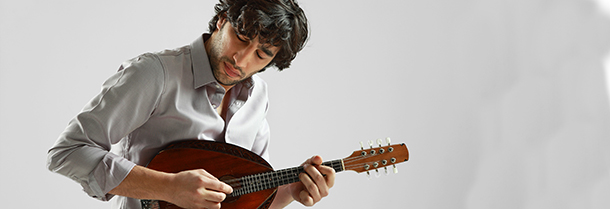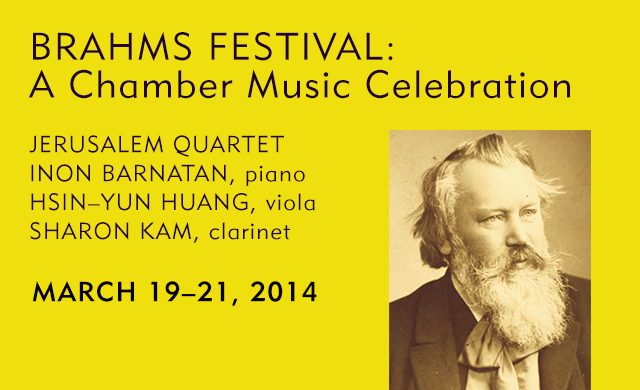Tag: string quartet
-
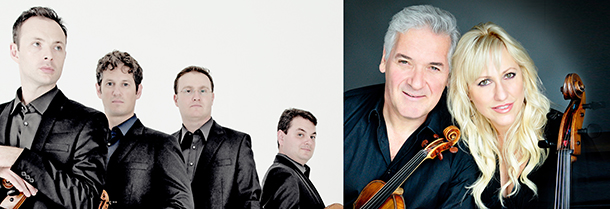
PROGRAM NOTES: JERUSALEM QUARTET WITH PINCHAS ZUKERMAN & AMANDA FORSYTH
Richard Strauss String Sextet from Capriccio Capriccio (1942), Richard Strauss’ last stage work, is an opera about opera, constructed as a series of elegant salon conversations dealing with a question that has bedevilled opera lovers for centuries: which is more important, the words or the music? The year is 1775 and the setting is the…
-
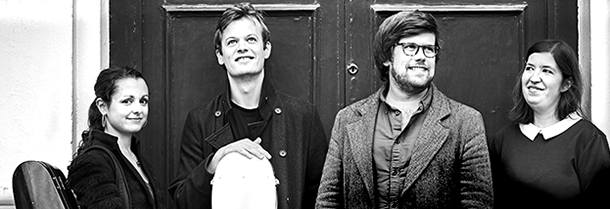
PROGRAM NOTES: CASTALIAN STRING QUARTET
Franz Joseph Haydn String Quartet in D, Op. 76 No. 5 Having recently returned from his hugely successful visits to England and been liberated from financial woes, Haydn composed a set of six String Quartets, Op. 76 which were commissioned by Hungarian Count, Joseph Erdödy in 1797. Deviating from more traditional forms and establishing a…
-
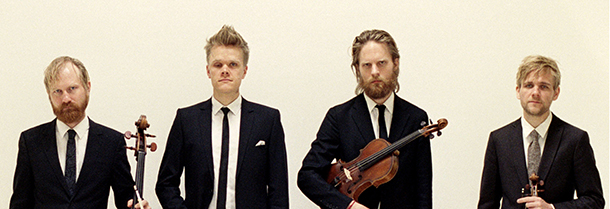
PROGRAM NOTES: THE DANISH STRING QUARTET
Johann Sebastian Bach Well-Tempered Clavier II Fugue No. 7 in E-flat major BWV 876 (arr. Mozart) In 1782 Mozart’s patron, Baron Gottfried van Swieten, showed the composer a number of manuscripts of the works of Johann Sebastian Bach and encouraged him to make string arrangements for performance at the Baron’s regular series of Sunday afternoon…
-
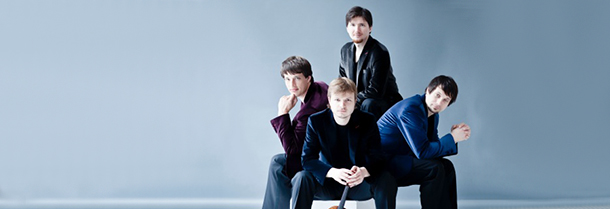
PROGRAM NOTES: APOLLON MUSAGÈTE QUARTET
Ludwig van Beethoven String Quartet in D major, Op. 18 No. 3 In the Napoleonic era, when a Viennese aristocrat was thinking of entertaining friends at home, he might pop down to the local shop to pick up a six-pack—a six-pack of string quartets, that is. The most refined form of self-entertainment in the homes…
-
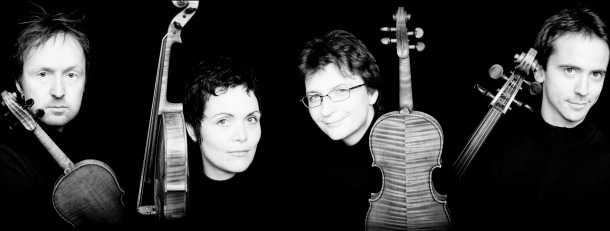
PROGRAM NOTES: ARCANTO QUARTET
This evening the Arcanto Quartet offers us a chance to explore chamber music from the end of the 17th century to the recent past, sampling music for four players by Henry Purcell (1659–95), Ludwig van Beethoven (1770–1827), and Benjamin Britten (1913-1976). Henry Purcell Long before the primacy of the string quartet, consort music for…
-
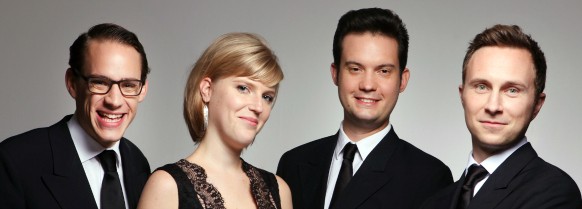
PROGRAM NOTES: DORIC STRING QUARTET
FRANZ JOSEPH HAYDN String Quartet in D minor, Op. 76, No. 2 Those of us wondering in our spare moments what a happy retirement consists of might do well to consider the case of one Franz Joseph Haydn, whose life in the years 1796-97, when his collection of six string quartets Op. 76 was written,…


